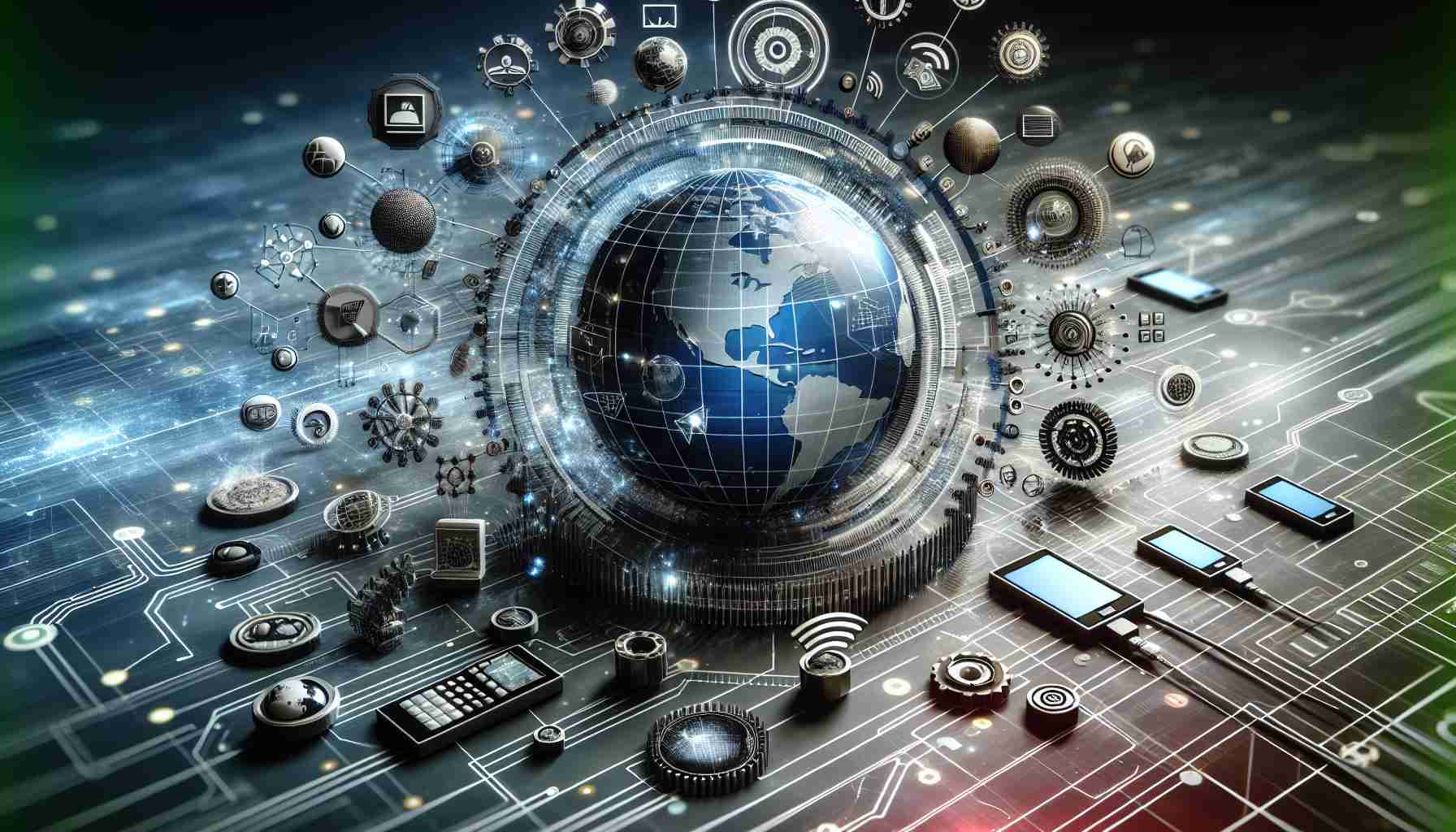Huawei Ascends Despite US Tensions
A testament to resilience and innovation, Huawei has emerged as a formidable force within the technology sector. With the United States holding a strong presence in the industry, thanks to titans like Google, Meta, and Apple, Huawei’s staggering ascent is particularly noteworthy. The Chinese tech company maintained its status among the top smartphone sellers globally before facing significant sanctions from the US government.
Surpassing Global Rivals
In a remarkable turn of events, Huawei outpaced Apple in sales, dominating quarterly figures during 2018 and 2019. Their trajectory, however, took a hit when the US government, then led by President Donald Trump, placed the company on the “Entity List,” thereby prohibiting it from collaborating with US-based companies. This decision prevented Huawei from incorporating popular Google apps on their new devices, impacting sales and their cutting-edge 5G technology.
A New Era with HarmonyOS and Kirin 9000S
Undeterred, Huawei launched its self-developed operating system, HarmonyOS, and continued to evolve, eventually announcing the domestically produced Kirin 9000S chip, a clear display of technological independence and advancement.
Developing a Robust Ecosystem
Huawei has diligently fostered its AppGallery to rival the Google Play Store, amassing a significant user base. Encouragingly, the company reported a vast network of global developers engaged with its HMS ecosystem.
Forging Its Path
Huawei’s progress includes the creation of alternatives to pervasive Google apps, carving out a competitive edge. Huawei Assistant, Cloud, and Here We Go Maps are some examples that have supported their sustainability within the sector.
Future Endeavors and New Launches
Looking ahead, Huawei is ambitiously preparing HarmonyOS Next, which will break free from any Android dependencies, shaping a unique software landscape for app developers and users alike. Alongside software achievements, Huawei continues to push hardware boundaries, as seen with the announcement of their latest Pura 70 series, which is powered by the innovative Kirin 9010 chipset.
Expanding into Diverse Markets
Huawei is not just limiting its innovation to consumer electronics; it is also making strides in cloud computing, smart cars, and other IoT devices, diversifying its portfolio to reduce its reliance on smartphone sales. The company is pushing forward with “Smart City” initiatives that leverage its expertise in 5G networks and artificial intelligence (AI).
Key Challenges and Controversies
The primary challenge facing Huawei is the range of sanctions imposed by the US and other countries due to security concerns, limiting its access to crucial technologies and markets. Accusations of espionage and theft of intellectual property have led to mistrust, impacting its global business relations. Moreover, these sanctions have forced Huawei to scramble for alternative suppliers and solutions.
Advantages and Disadvantages
One advantage Huawei has is its ability to adapt and innovate quickly, as evidenced by the development of HarmonyOS and the Kirin 9000S chip. Its significant investment in R&D allows it to compete technologically even in the face of adversity.
On the downside, the loss of access to Google’s suite of apps and the Android operating system could be detrimental to the user experience outside of China, where these services are entrenched. Furthermore, Huawei may face challenges in convincing international developers to adopt its HMS ecosystem.
For more information on Huawei and their technological advancements, you may visit their official website with this link. Please ensure the URL is correct before clicking.
In conclusion, while Huawei continues to make notable advancements in technology, its journey is fraught with geopolitical tensions and trust issues, which pose significant challenges to its global ambitions. However, the company’s commitment to innovation and developing its proprietary technologies showcases its determination to maintain, and possibly enhance, its position in the tech industry.
The source of the article is from the blog foodnext.nl
